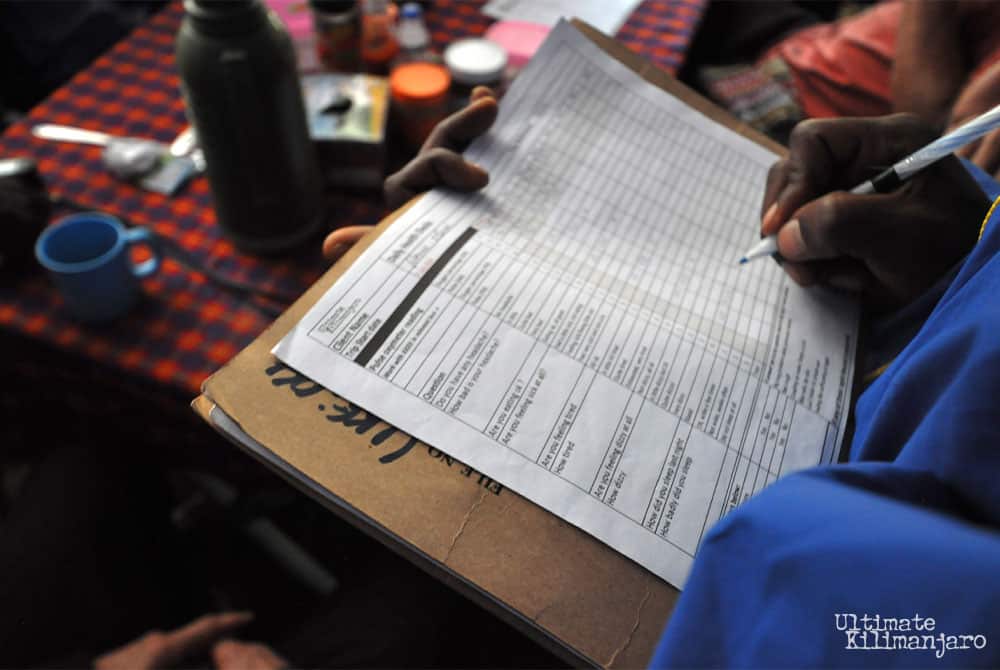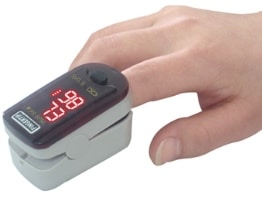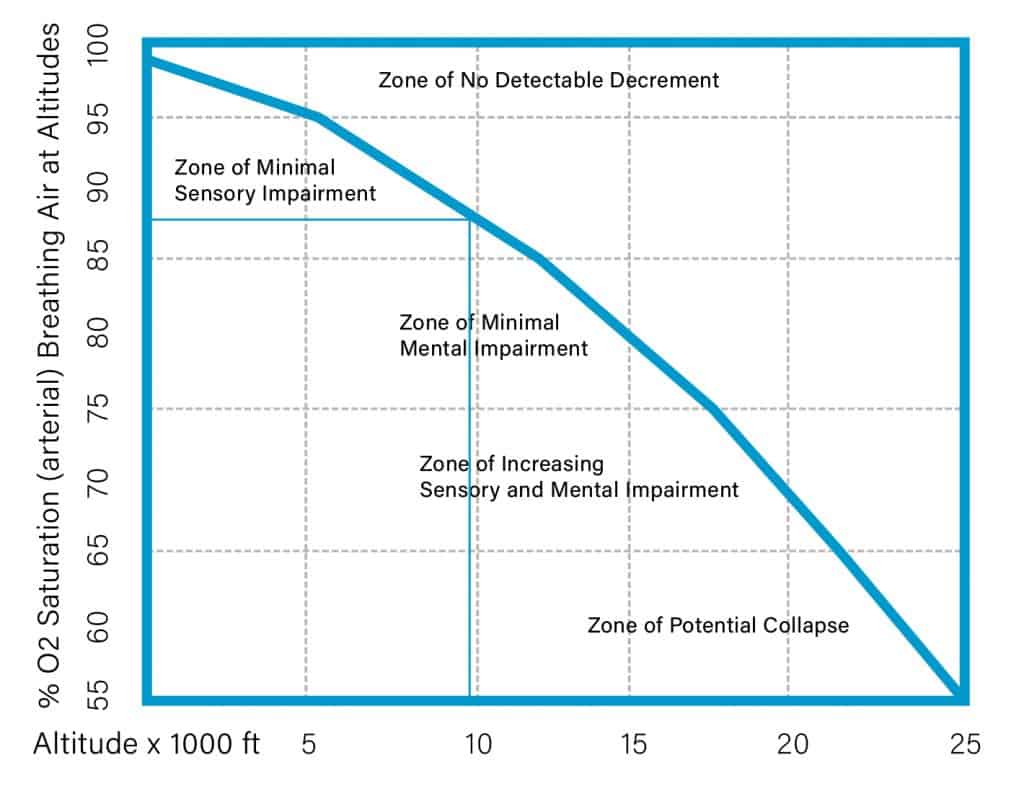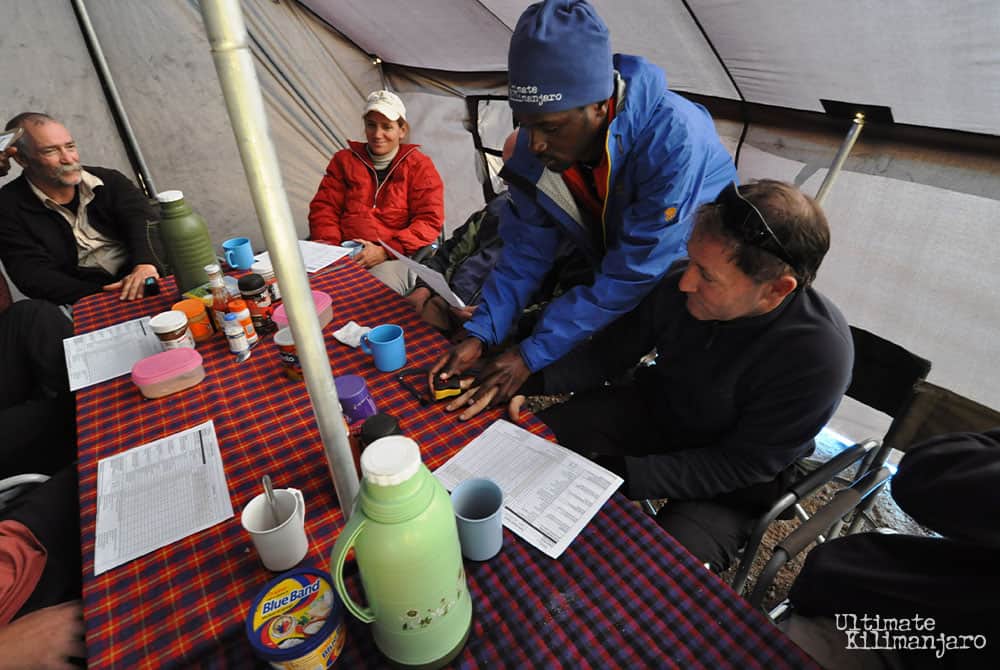
Our guides are all experienced in identifying altitude sickness and dealing with the problems it causes with climbers. They will constantly monitor your well-being on the climb by watching you and speaking with you. Twice daily, in the morning and evening, our guides will conduct health checks.
Pulse Oximeter

A pulse oximeter measures oxygen saturation – the oxygen level in your blood – and your pulse rate. The oximeter is placed on a climber’s fingertip. The oximeter uses two beams of light that shine into small blood vessels and capillaries in your finger. The sensor reflects the amount of oxygen in the blood.
Oxygen saturation is a measurement of how much oxygen your blood is carrying as a percentage of the maximum it could carry. Normal blood oxygen levels at sea level are 95-100%.

As altitude increases, oxygen saturations decrease. Proper acclimatization generally brings oxygen saturations higher, which is why these figures typically rise when oxygen saturations are tested after resting overnight. On Kilimanjaro, oxygen saturations percentages are regularly in the 80’s. There are no definitive saturation levels where a client can be declared absolutely safe or at risk. However, when oxygen saturation drops below 80%, we monitor that climber very closely.
Lake Louise Scoring System

Additionally, our guides will administer the Lake Louise Scoring System (LLSS) to help determine whether you have any symptoms of altitude sickness and the severity. LLSS is a set of questions designed to assess adults for symptoms of AMS. It is important that you be open, active and honest when answering these questions and with your guide overall. If you do not feel well, do not try to pretend you are fine. Do not mask your symptoms and say you feel OK. Only with accurate information can the guide best treat you.
Of course, there is always the chance that you will have to abandon your climb. In these situations, the guide will tell you to descend. It is not a suggestion or request, but an order. The guide’s decision is final. Do not try to convince him with words, threats or money to continue your climb. The guide wants you to succeed on your climb, but will not jeopardize your health. Respect the decision of the guide.


















































